These Colloidal Silver FAQs will attempt to answer the questions that are commonly asked.
Links to a page containing the Definition of Terms will be used as appropriate.
A solution of water containing nanometer-sized particles of suspended silver. The total silver content is expressed as milligrams of silver per liter (mg/L) of water which is numerically the same as parts per million (ppm). The total silver content is divided into two forms of silver; ionic silver and silver particles. Ionic silver solutions are products whose silver content is predominantly in the form of silver ions. Silver protein-based products use gelatin as an additive to keep large silver particles suspended that would otherwise fall to the bottom. True silver colloids are products that do not contain any protein or other additives and whose silver content is predominantly in the form of nanometer-sized silver particles. For a more detailed description of the three generic types of products labeled as colloidal silver, see the Product Reports page.
We do not provide advice on making colloidal silver at home. Many companies sell colloidal silver generators and dozens of web sites provide information for experimenters and home hobbyists. All the machines sold for making colloidal silver use an electrolysis process and make ionic silver. There are no machines sold that are capable of making true colloidal silver. Please do not email questions seeking advice on buying, selecting, using, or making this type of equipment, we cannot provide any help, sorry.
Many text books define colloids as having particles in the size range of 1 – 1000 nm. When those books were written no one had ever seen colloidal particles smaller than 1 nanometer because the technology to make such small particles did not exist at the time. Today the technology exists that can produce sub-nanometer sized colloidal particles. The only such technology known to the author is the Meso process developed at the Colloidal Science Laboratory, Inc. Ions are not considered colloidal particles contrary to what is claimed by some producers of ionic solutions.
Dr. Ronald Gibbs booklet states that high-quality Colloidal Silver is colorless, but the highest particle surface area colloid in the tabulations is dark in color, why this discrepancy?
The material in Ron Gibbs book is slightly dated. Ron died in May 2000 and the book material was frozen about a year before. For example, the samples that Ron tested, some of which were made for him in the Colloidal Science Lab. Inc.(CSL) were believed by Ron to be at least 50% colloidal when in fact they were mostly ionic (typically 90%). The methods developed at CSL to determine ionic vs. particle concentration were just being developed at the time Ron wrote the book and so he was not fully informed about the ion/particle ratio of the test samples and consequently made some erroneous assumptions. Ron assumed the sample was at least 50% particles when they were only 10%.
Since true colloids of high particle concentration had not yet been developed when Ron wrote the booklet, all products of that time which displayed color were the result of large silver particles present in ionic solutions that were produced using electrolysis methods. Those products contained about 10% of the silver content in the form of particles. For a solution to display color while containing such a relatively small amount of particles requires that the particles be quite large (typically 100 – 500 nm).
True silver colloids that have a high percentage of the silver content in the form of nanometer-sized particles will absorb visible light causing the apparent color to appear dark-amber or brown. It is the very high concentration of particles, not large particle size or contamination, that gives these products such color.
Colloidal silver storage? A true silver colloid, consisting of silver particles and not silver ions, does not require glass bottles and is typically shipped and stored in PET plastic. PET stands for polyethylene terephthalate, a form of polyester. PET is commonly used for packaging soft drinks, water, and fruit juice. PET plastic bottles are the single most prevalent beverage bottle produced in the world today. High-quality products do not require a glass bottle to remain stable.
Many advertised products as colloidal silver are actually ionic silver solutions that must be stored in glass. Ionic silver will potentially interact with plastic containers and cause the solution to deteriorating over time. It is generally the lower quality products that require a glass bottle to remain stable.
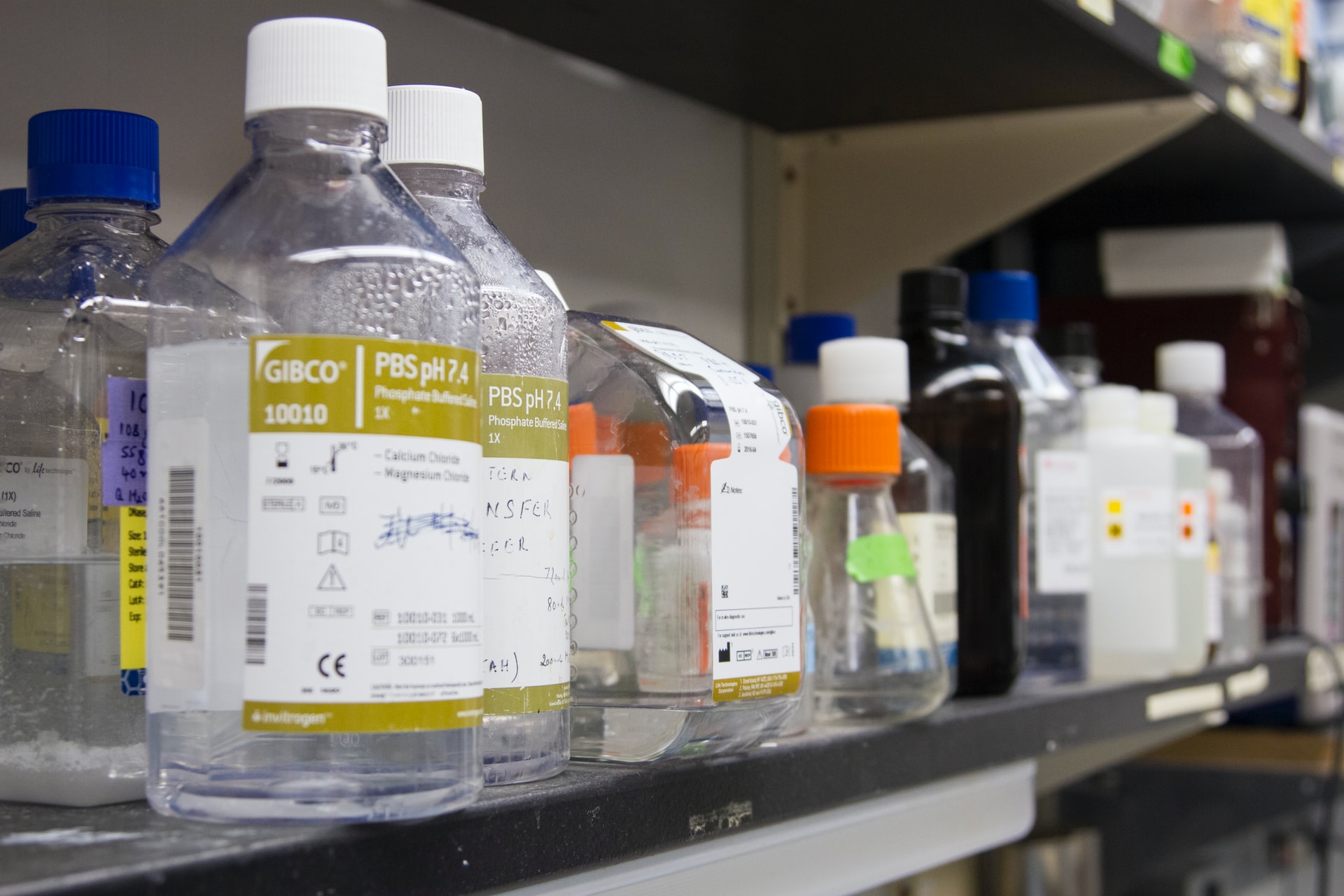
The ionic silver solutions produced by generators used by home hobbyists tends to be photosensitive and will deteriorate over a short period of time if not shielded from visible light. By storing such solutions in amber bottles the deterioration is reduced. The most photosensitive solutions are produced using the low voltage DC process, often by using several 9 volt batteries. The requirement for an amber bottle indicates a photosensitive, unstable solution. Only the lowest quality solutions are photosensitive.
High-quality products are not photosensitive and do not require an amber bottle.
The total amount of silver that is reported as the silver concentration (in parts per million) is the sum total of the silver contained in the particles and the silver contained in the silver ions. Accurate measurement of total silver content requires the measurement by either atomic absorption or atomic emission of the silver atoms. An Atomic Absorption/Emission Spectrophotometer is typically used for accurate results.
To measure the concentration of silver ions by atomic absorption requires that the particles first be removed by centrifugation leaving only the ions. Alternatively, an Ion Selective Electrode (ISE) can be selected that only responds to the silver ions in solution. ISE measurements are less accurate than AAS and are generally accurate to within about 2%.
The concentration of silver particles is determined by subtracting the ionic concentration from the total silver concentration.
That varies greatly depending on the manufacturer and the process used to produce the product. Many products are predominantly ionic silver (75 – 99%).
If no other purposely introduced anions are present, the maximum concentration of silver ions that pure water can hold at room temperature in an unsaturated solution is 13.3 ppm. In practice, there is substantial dissolved CO2 in the water which provides additional anions, so a higher concentration of silver ions is possible without saturation.
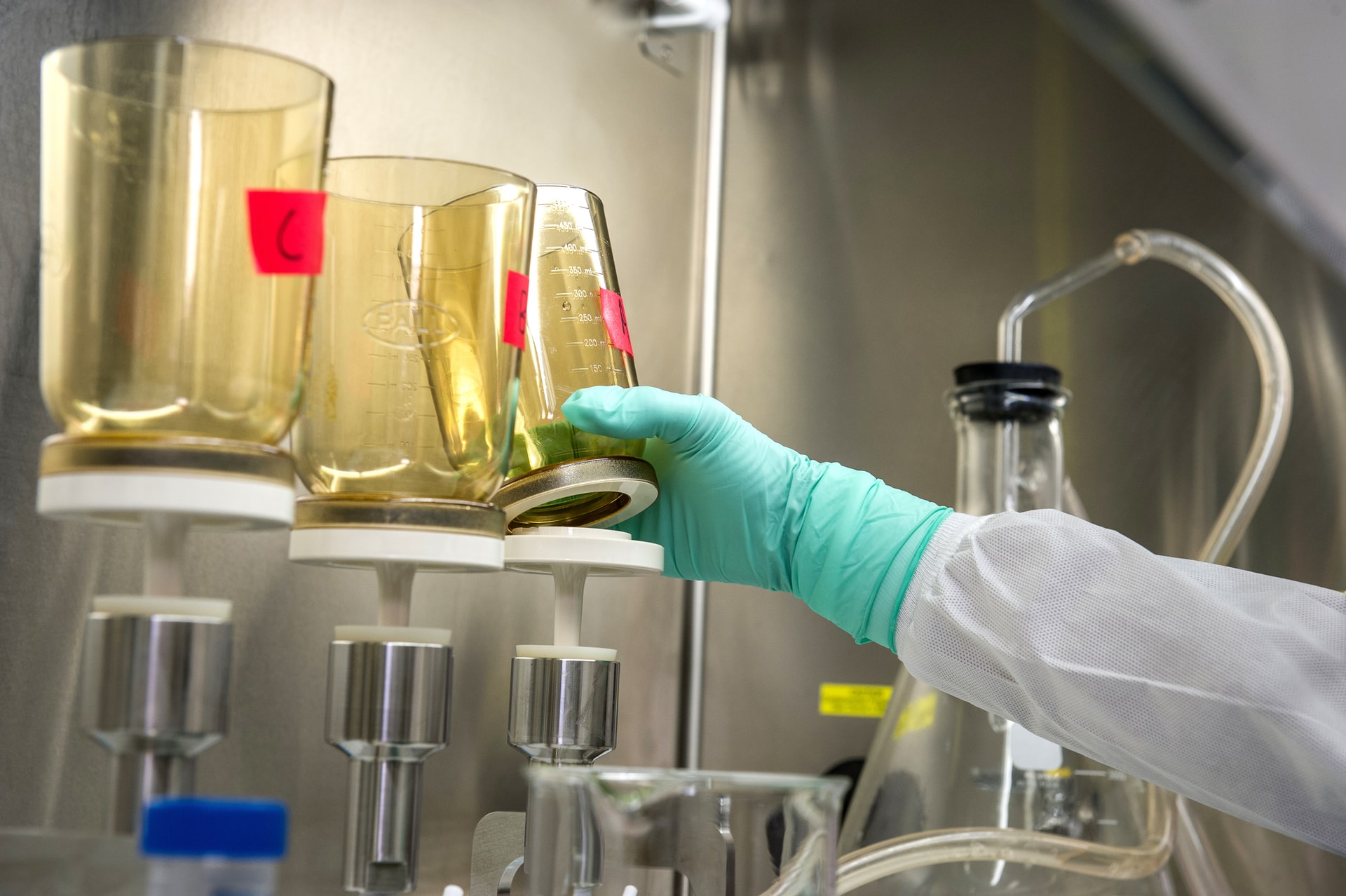
In an unsaturated solution, ions are dispersed throughout the solvent by repulsive force and exist as separate entities. However, in a saturated solution, ions will precipitate out as large flakes of metallic silver particles as the solution cools. These flakes are usually flat and can grow to a very large size, up to 0.100 inches in diameter, and drop to the bottom. In a saturated solution, silver ions will recover an electron from an anion as they precipitate to metallic silver. When a silver ion receives an electron from an anion during cooling of a saturated solution, the ion becomes a silver atom. Silver atoms have no ionic charge to produce a repulsive force, so they are drawn together by the van der Waals’ force of attraction and aggregate into particles of metallic silver. The predominate anions in a silver ionic solution are carbonate and hydroxide. If the anion providing the electron is a carbonate, carbonic acid is formed which lowers the pH of the solution during this process.
Silver ions in a solution cannot exist without water, so when the water is evaporated the silver ions (cations) must combine with an available anion to form a compound. For example, if the predominant anions present in a silver colloid solution were hydroxide and carbonate, the compounds thus formed upon evaporation would be silver hydroxide and silver carbonate. Silver hydroxide is unstable and reduces to silver oxide and hydrogen. The silver carbonate will reduce to silver oxide and carbon dioxide. The final compound that remains after evaporation is silver oxide.
The process begins as a single silver ion is attracted to a single anion, forming a single formula unit of the two species. This formula unit is electronically neutral and has no ionic charge and therefore causes no repulsive force. The lack of repulsion causes the anion-cation pairs to be attracted to each other by van der Waals’ force of attraction which causes them to aggregate and form a three-dimensional orientation or crystal as the solvent evaporates. The size of the particle growth is limited by the reduced mobility of the molecules as the water evaporates. What remains are particles of silver oxide whose diameter is 1 – 3 nanometers. It is these particles that predominate in TEM images made of silver colloid solutions which have a high ionic content.
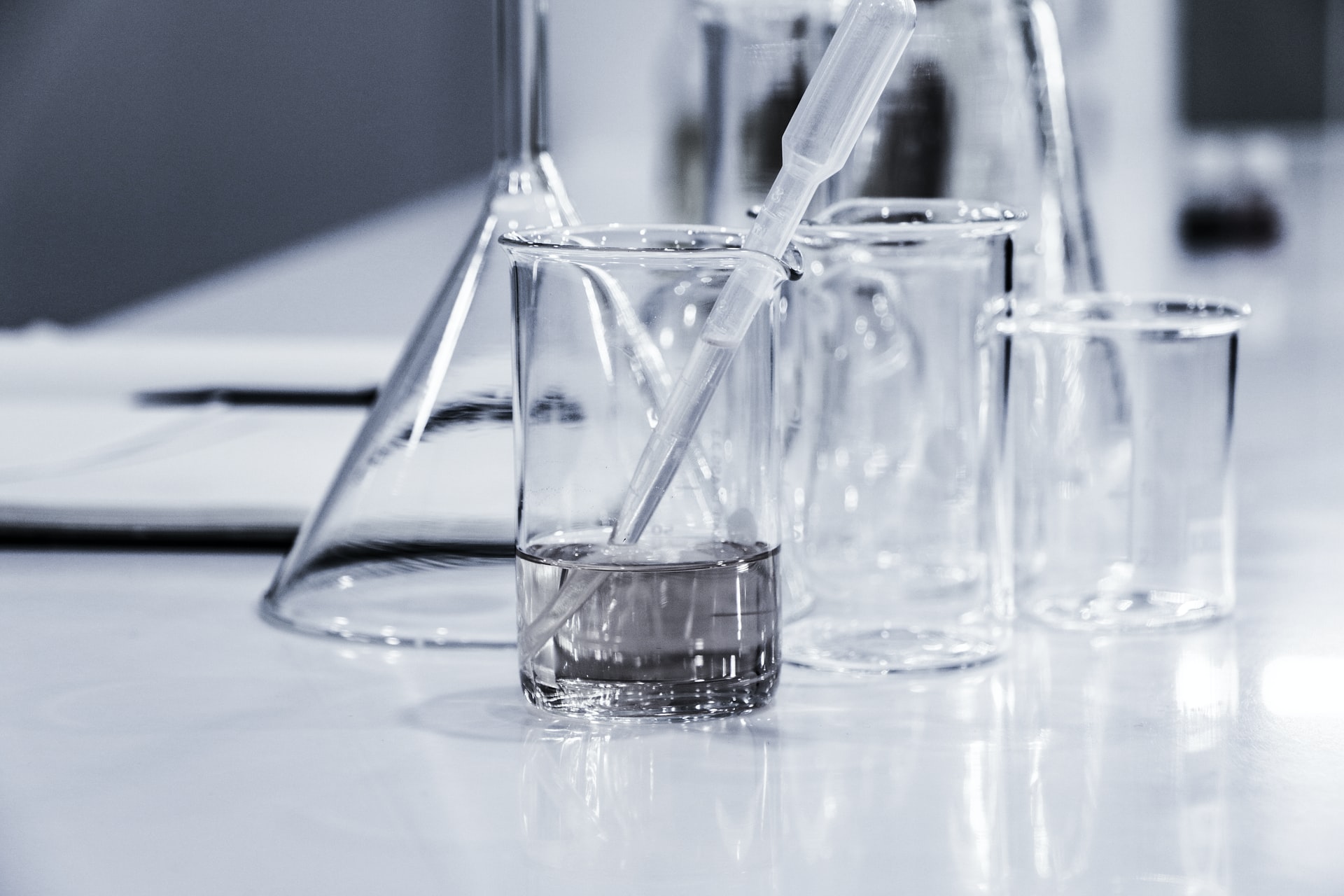
A silver solution contains silver ions in solution with a solvent. The solvent is usually water. A solution which contains only silver ions and no silver particles is a silver solution.
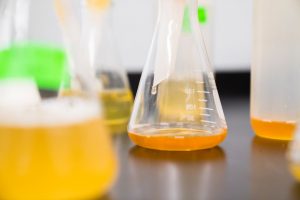
The nanometer size particles of silver possess an electric charge that results in mutual repulsion of the particles and causes them to be dispersed throughout the solution. This charge is called zeta potential and is negative.
A single silver atom can be considered to be an atomic-sized particle of metallic silver. It is the smallest size of silver matter that exists. The diameter of a single silver atom is 0.288 nm. While it is theoretically possible to have a particle of metallic silver that consists of a single atom, in practice particles are much larger and consist of many atoms. Just for reference, a particle one nanometer in diameter would consist of 31 silver atoms, and a 5 nm diameter particle would be about 3900 atoms while a 20 nm diameter particle would contain about 250,000 silver atoms.
Single atoms of metallic silver are drawn to other silver atoms by van der Waals’ force of attraction causing the atoms to form particles made up of many atoms. Because single atoms do not possess a repulsive force, there is nothing to prevent the force of attraction from creating ever-larger particles from any available atoms in solution. Larger particles develop an electric double layer of ions surrounding the particle which causes a charge to form called zeta potential. The zeta potential charge of particles in low ionic solutions is negative. The zeta potential creates a repulsive force that causes the particles to be repelled from each other and uniformly dispersed in the solution. As long as the magnitude of the zeta potential is sufficient to produce a repulsive force that can overcome the force of attraction, the particles remain in suspension.
The benefits of colloidal silver in the human body are produced by the nanometer sized metallic silver particles not the ions. In most colloidal silver products a large quantity of ionic silver is produced as a by-product of generating the silver particles. The prominent methods of production are electrochemical processes using either low voltage DC current or high voltage AC. Both the AC and DC process may employ a constant voltage or a constant current source. Both the DC and the high voltage AC produce a significant percentage of the total silver as ionic. Typically, 75 – 99% of total silver is ionic depending on process variables. In some products claiming very high concentration levels, almost the entire silver content is ionic. To state the silver concentration in ppm without specifying what percentage is ionic is misleading to say the least. Therefore, it is important to know what percentage of the silver concentration is ionic to properly evaluate the quality and effectiveness of the product.
Upon ingestion, the ionic silver present in most colloidal silver solutions will immediately come into contact with the hydrochloric (HCl) acid that normally exists in the stomach to digest food. The chloride ion from the hydrochloric acid combines at once with the silver ion to form silver chloride, an insoluble silver compound. Since hydrochloric acid does not dissolve metallic silver, the silver particles remain unaffected by the stomach acid. Some of the remaining silver particles, due to their nanometer size will pass easily through the lining of the gastro-intestinal tract and will be absorbed into the bloodstream where they will circulate and come in contact with pathogens which will be killed on contact. The silver chloride that precipitates in the stomach consists of large molecules. Silver chloride that is not absorbed into the bloodstream will be passed out of the body with solid waste. Silver chloride that does get absorbed through the lining of the GI tract into the bloodstream will be removed by the kidneys and passed out of the body in urine.
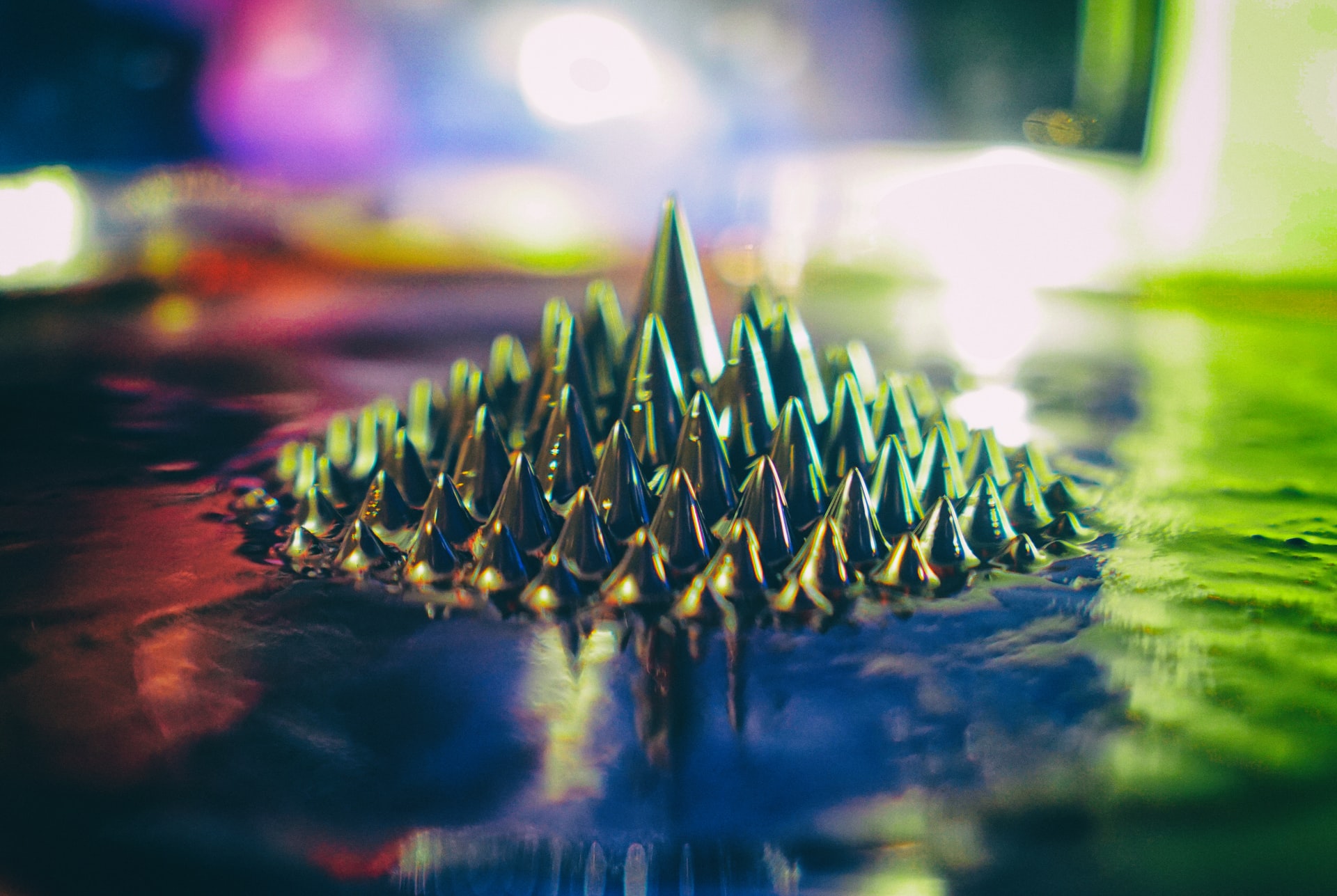
Methods of Entry
Colloidal silver can enter the bloodstream directly by at least two different means. The first is through the lungs by using a nebulizer to convert the colloidal silver into micron size droplets and then inhaling these droplets. The small size of the silver particles and silver ions will pass through the lung tissue directly into the bloodstream. Once in the bloodstream, the particles will circulate with the blood but the ions will immediately combine with the plentiful supply of chloride ions in the serum. Human blood serum contains a large quantity of sodium and potassium chloride. The chloride ions are present in the serum in high concentrations, typically 3500 ppm. The chloride ions immediately combine with the silver ions to form silver chloride. The large silver chloride molecules will be removed from the bloodstream by the kidneys and passed out of the body in urine.
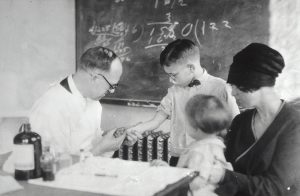
The second way colloidal silver can pass directly into the bloodstream is by sublingual absorption. The thin membranes under the tongue will pass the small particles and ions directly into the bloodstream. Once in the bloodstream, the ions will precipitate out as described above leaving the particles to circulate with the blood.
Because the silver ions cannot exist for long in the human body regardless of the entry mechanism, they really represent an undesired byproduct that is passed from the body as waste. The ideal colloidal silver would maximize the percentage of particles and minimize the percent of ions. Since typical colloidal silver products contain a very high percentage of ionic silver, there is a lot of potential for improvement by reducing the ionic content as close to zero percent as possible.
To demonstrate ionic silver content, all that is needed, is a chloride ion source to be added to a small amount of colloidal silver. Normal table salt is sodium chloride (NaCl). When table salt is dissolved in water it decomposes into sodium ions and chloride ions. To demonstrate: Place a small amount (1-2 ounces) of colloidal silver in a clear glass. Add a few grains of table salt. Observe that as the salt dissolves a white cloud of silver chloride forms in the solution. Eventually, the entire solution will turn cloudy. If more salt is added, the white silver chloride will become denser until all the silver ions have combined with the available chlorine ions. If no silver ions are present then no white cloud will form.
Particle surface area is the total surface area in square centimeters (cm2) of all the particles in one milliliter(mL) of colloid. The surface area is a calculated value based on the concentration of particles (ppm) and the mean diameter of the particles. The calculation assumes the particles are spherical. Particle surface area is inversely proportional to particle size, which means for a constant concentration of silver in the particles, the surface area increases as the particle size decreases. In the chemical world, reactivity increases with increasing surface area. Therefore, the effectiveness of a colloid increases with decreasing particle size as the particle surface area increases. For this reason, particle surface area serves as a metric for comparing different colloids. In metal colloids, the increase in reactivity that derives from the increased particle surface area translates directly to the effectiveness of the colloid. Surface area is expressed in square centimeters (cm2) per milliliter (mL) of colloidal liquid and is written as (cm2/mL). For example, the particle surface area of 1 ppm of particles having a mean diameter of 10 nm is 0.423 cm2/mL, while 1 ppm of 1 nm diameter particles has a particle surface area of 4.229 cm2/mL, which is ten times the surface area of the 10 nm particles. For more details on the relationship of particle surface area as a function of concentration and particle size, see the Colloid Surface Area table. For more discussion see Comparing Colloidal Silver Products.
Particle surface area is what determines a colloids ability to react with its environment. Reactivity increases with increasing surface area. Particle surface area can be determined by measuring the physical properties of a colloid. Because it is comprised of two important physical properties, namely, particle size and particle concentration, it serves as good metric for comparing colloids. Since it can be expressed as a single number, particle surface area can be considered a figure of merit for the effectiveness of a colloid. In this context, effectiveness is defined as the ability of the colloid to react with its environment. The higher the surface area, the more reactive the colloid, hence the more effective it is in reacting with its environment. For a comparison of commercial products based on particle surface area see the Comparison Table.
The theory would lead us to believe that maximizing the surface area of metallic silver in contact with pathogens would increase the colloid’s ability to kill such pathogens. Silver colloids are available with widely varying amounts of particle surface area. Because this is considered an important metric for comparison, the particle surface area is reported in the Commercial Product Reports section of this site. Generally, products that contain a high percentage of silver in the form of silver ions will have a very low particle surface area, while products that have a high percentage of silver in the form of particles will have a higher particle surface area. The highest particle surface area will be found in products having the highest particle concentration and the smallest sized particles. For more details on particle surface area see: About Particle Size
Some producers of colloidal silver add substances to their product to prevent the particles from settling. When colloids contain particles that are too large to stay suspended as a result of the mutual repulsive force protein additives will help to keep the large particles from settling. It is sometimes called “mild protein” or “mild silver protein”. Such additives would not be used in a quality colloidal product because high-quality colloids will not settle. A good analogy would be to tie a balloon to a brick to keep the brick from sinking. Adding protein to colloidal silver is also potentially unsafe.
Professor Ronald Gibbs discussed this fact in his booklet “Silver Colloids“. He found “mild silver protein” products that had live bacteria growing on the protein. This can happen when protein is mixed with colloidal silver because the protein molecules are large and encapsulate the silver particles which prevents the silver from reaching the bacteria in order to kill it. Normally, it would be impossible for bacteria to live in colloidal silver, but it is common in products containing protein. Professor Gibbs recommended that such products should be avoided. Common protein additives include Knox gelatin and casein protein. Knox gelatin is an animal-derived protein.
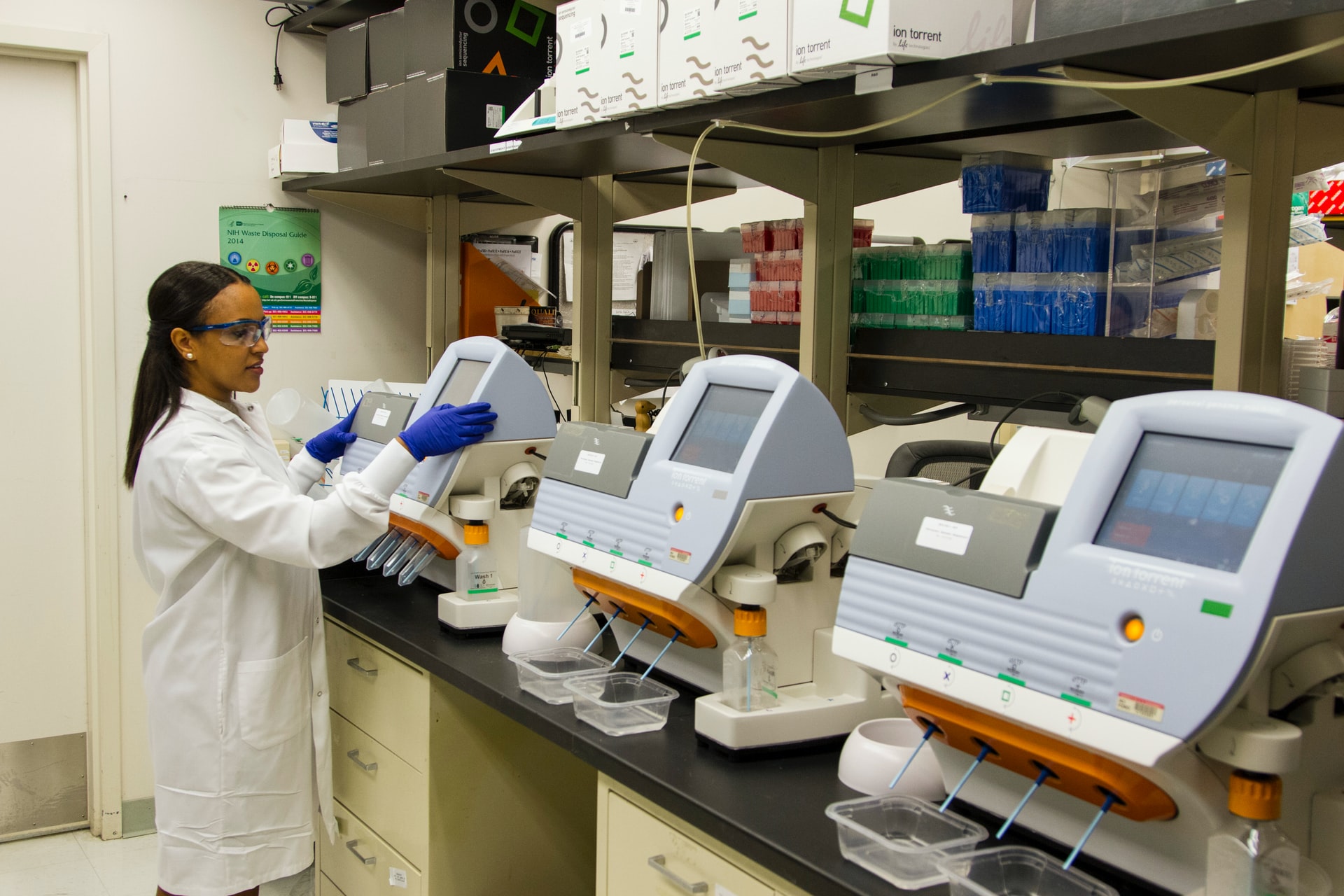
Here is the quote from Professor Gibbs’s book concerning the use of protein to stabilize colloidal silver.
“A fifth sample considered showed fuzzy clusters around silver particles when viewed in water [Figure 3A]. Because these clusters resembled bacteria, a special staining technique was utilized to confirm the impurity. The sample was injected with live-cell nucleic acid stain [STYO 13] which is taken up by live bacteria and shows as bright green when viewed using a 500 nm-long pass emission filter for fluorescence detection. As suspected, this fuzzy material fluoresced indicating the material was, indeed, live bacteria growing on the gelatin that had apparently been used to stabilize the colloidal silver suspension. In Figure 3A the black dots inside the fuzzy mass are the silver particles. This sample exhibits the poor quality control that is totally unacceptable in this type of product. This sample was removed from further consideration and analysis.“
Professor Gibbs
No. All colloidal silver generators on the market produce ionic silver. There is no equipment for sale by any manufacturer that will produce ‘true colloidal silver’ consisting of mostly silver nanoparticles.
This discussion of electrolysis assumes two silver electrodes are placed in deionized water a small distance apart to produce silver particles. The electrodes are connected to a low voltage DC power source (9-30 VDC). The electrode connected to the positive (+) terminal is referred to as the anode, the electrode connected to the negative (-) terminal is referred to as the cathode.
When an electric current passes through silver, some silver atoms at the interface with the water will lose an electron changing the atom into an ion. Whereas metallic silver is not water-soluble, silver ions are water-soluble, so the silver ions simply dissolve in the water producing an ionic silver solution. This is the electrolysis process.
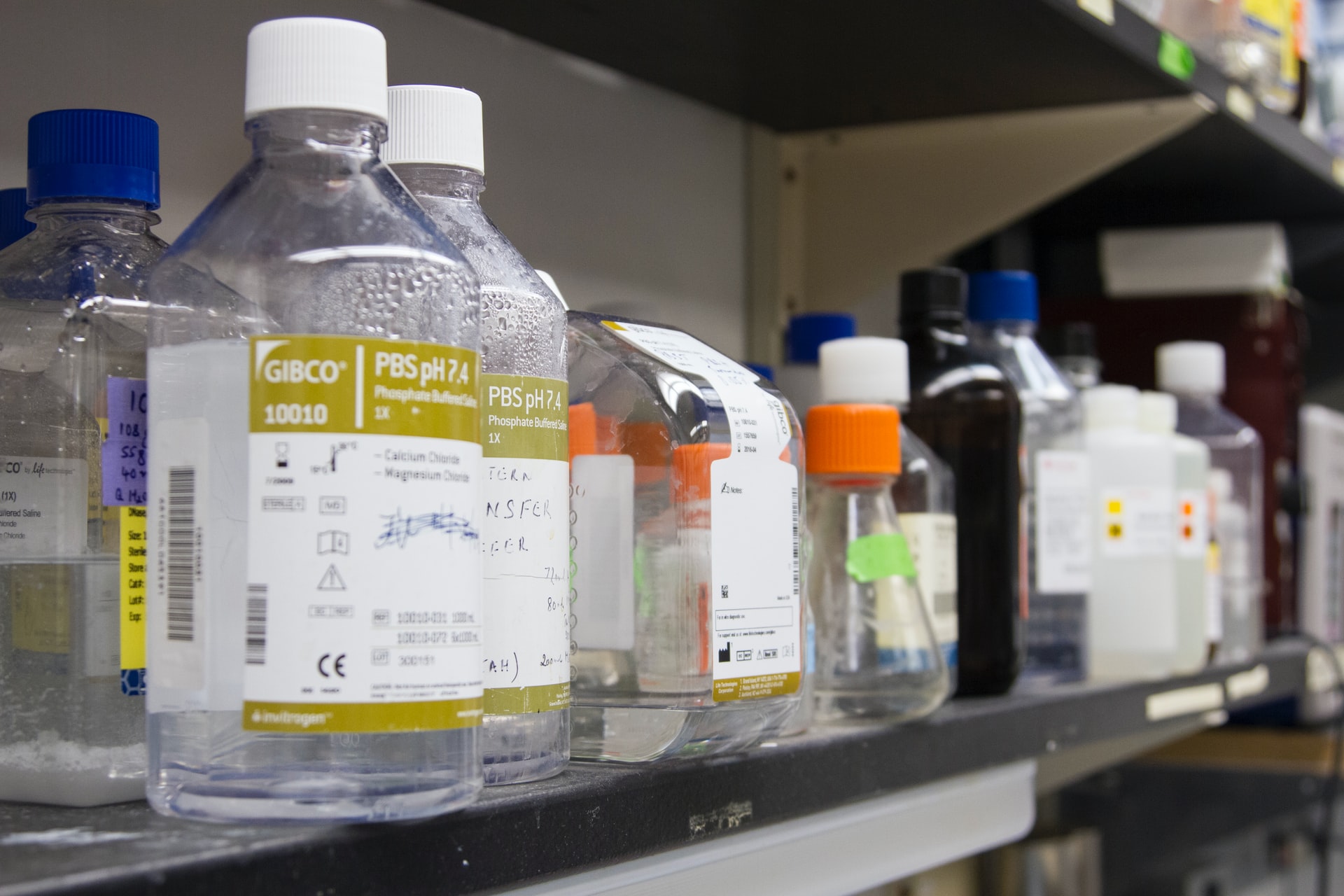
With the electrolysis process, some of the ions in close proximity to the anode will take on an electron from the current passing through and be changed from an ion back into an atom. These atoms are attracted by other similar atoms by van der Waal’s force of attraction and thus form small metallic particles. This is how both ions and particles are produced by the electrolysis process.
Typically 90% of the silver leaving the anode stays in the ionic form while about 10% forms into particles. Furthermore, a silver ion is not a group of atoms but is a single silver atom that is missing a single electron. Silver ions remain dispersed in the solution from other silver ions due to their positive “ionic charge” which causes mutual repulsion.
The silver particles do not have a positive charge, their charge is negative and is not due to “ionic charge” as are the ions, but have a zeta potential which causes the particle to act as though it had a negative charge. For more information on this subject see the paper titled “Ions, Atoms, and Charged Particles”.
